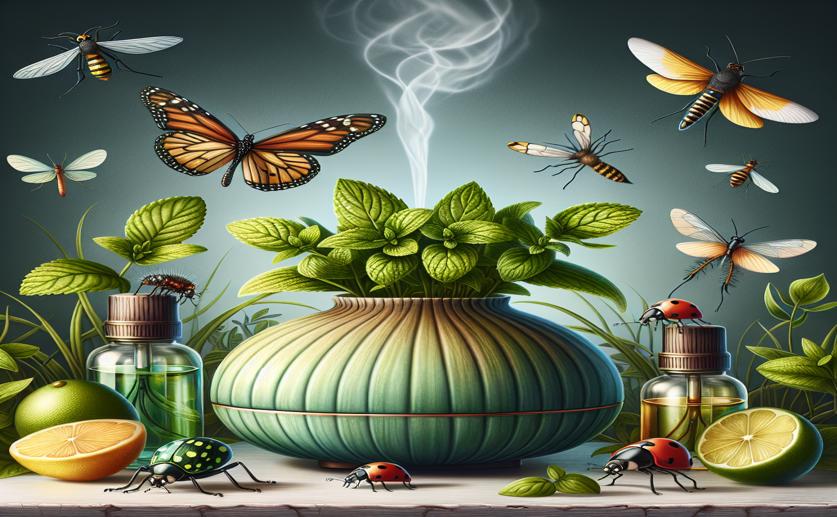
Mint and Lemon Eucalyptus Oils' Effects on Mosquitoes and Other Bugs
Jim Crocker
25th February, 2024

Image Source: Natural Science News, 2024
References
Main Study
1) Chemical composition and toxicity of commercial Mentha spicata and Eucalyptus citriodora essential oils on Culex quinquefasciatus and non-target insects.
Published 23rd February, 2024
https://doi.org/10.1007/s11356-024-32249-6
Related Studies
2) Stimulation of insect vectors of pathogens by sublethal environmental contaminants: A hidden threat to human and environmental health?
3) Sublethal chemical stimulation of arthropod parasitoids and parasites of agricultural and environmental importance.
4) In silico toxicity studies of traditional Chinese herbal medicine: A mini review.
5) Essential Oils and Biological Activities of Eucalyptus falcata, E. sideroxylon and E. citriodora Growing in Tunisia.



 25th January, 2024 | David Palenski
25th January, 2024 | David Palenski